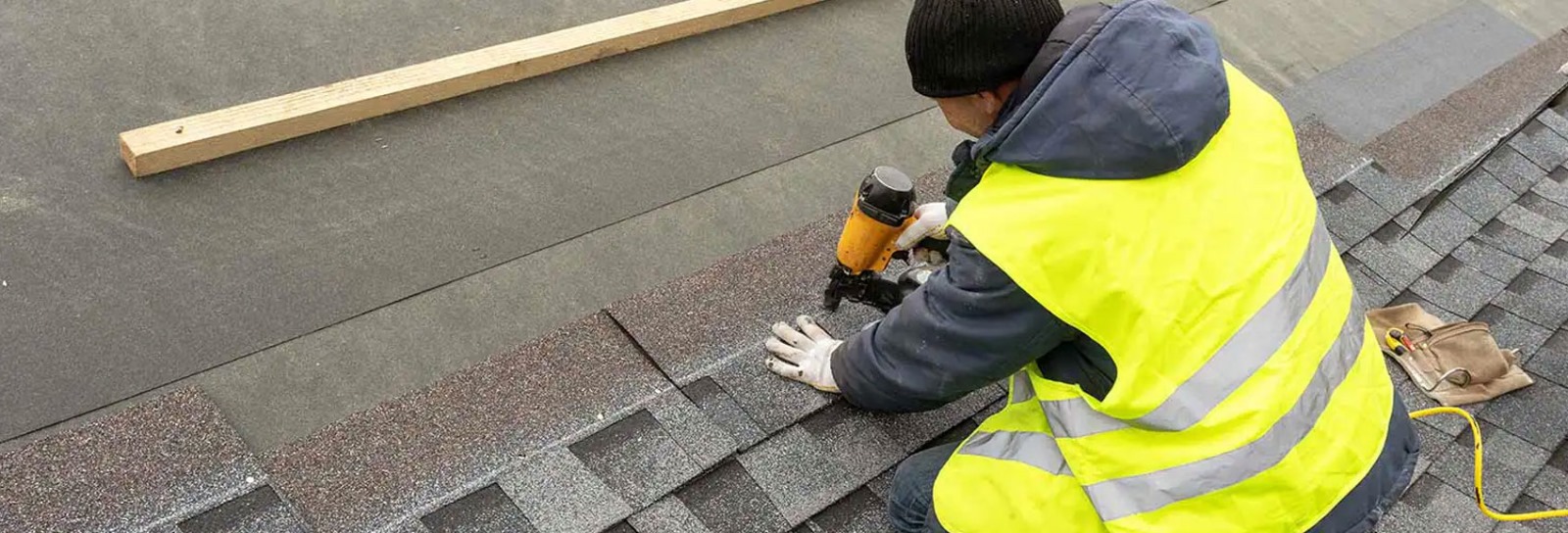Buying a home in Toronto isn’t just about square footage or curb appeal—it’s about making sure the bones of the house are solid before you ever write that offer. Over the years, I’ve toured hundreds of homes with buyers, and there are five key areas I always zone in on. Whether you’re a first-time buyer or a seasoned investor, these checkpoints could save you from major headaches down the road.
1. Curbside Clues: Waterproofing & Drainage
Before you even step inside, take a slow walk around the exterior. Look for signs that water may not be draining properly: negative grading (where the ground slopes toward the house), cracks in the foundation, or staining along the brick or siding. These are often early warnings that water could be getting into the basement.
In a city like Toronto—where spring brings big rains and melting snow—drainage issues are a common (and costly) concern. A home lacking proper downspout extensions or with eroded soil near the base can become a sump-pump horror story waiting to happen.
For more on what waterproofing standards look like, the City of Toronto’s basement flooding protection page offers a helpful primer.

2. Window Watch: Seals, Sills & Efficiency
Windows don’t just frame your view—they can also frame future repair bills. When touring a home, check for condensation between panes (a telltale sign of a failed seal), warping, or frames that stick when you try to open them.
Older single-pane windows or wood sashes that have seen better days can drastically affect heating costs in the winter and resale value down the line. According to Natural Resources Canada, ENERGY STAR windows can reduce energy bills by an average of 8%.

Tip: Run your hand near the frame to feel for drafts. If you’re catching a breeze on a calm day—that’s a red flag.
3. Roof Round-Up: Age, Material & Maintenance
Roofs aren’t easy to inspect up close on a quick tour, but a good set of eyes can still spot warning signs from ground level. Curling or missing shingles, visible moss growth, sagging rooflines, or exposed flashing are all signs the roof might be past its prime.
Asphalt shingles, the most common type in Toronto, typically last about 20 years—less if ventilation is poor or the previous owner went for a cheaper product.
And if the listing says “new roof” but the shingles scream 1997? It’s worth a follow-up.
4. Inside Intel: Electrical & Plumbing Priorities
Once inside, I keep a sharp eye on what’s behind the walls—because some of the biggest deal-breakers are hidden in plain sight. Start with the electrical: are there enough outlets? Are any warm to the touch? Is there visible knob-and-tube wiring (still found in some older Toronto homes)?
Plumbing-wise, check under sinks for signs of leaks, look at the water pressure, and ask if the home has any polybutylene piping—a material prone to failure. If the home has been renovated, ask whether the plumbing and wiring were updated with permits.
Want to check for ESA-certified work? Visit Electrical Safety Authority Ontario.

5. Renovation Radar: Walls, Ceilings & Permits
Here’s where experience really pays off. I once toured a home with a client and something about the ceiling line caught my eye—it looked like a structural wall had been removed. Sure enough, after checking with the City of Toronto, we found no permits had ever been pulled for that kind of work. We walked away from the deal.
If you spot inconsistent ceiling textures, odd bulkheads, or missing supports, it’s worth asking: was this work done properly—and legally? You can check building permit history for any property through the City of Toronto’s permit portal.
Unpermitted work can impact insurance, financing, and even your ability to resell.
Final Thought: Touring homes can feel exciting—but it’s also a high-stakes inspection walk. Look past the staging and freshly baked cookies. The signs are often there… you just have to know where to look.
Want a second set of eyes on your next tour? Let’s chat— drop us a message below!





